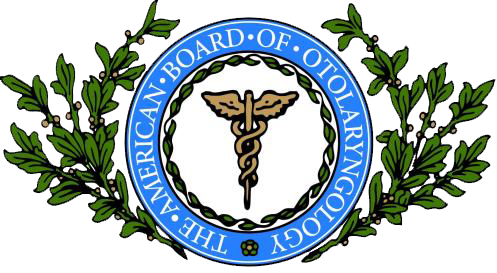
Nose Foreign Bodies
Nose Foreign Bodies – About
Nasal foreign bodies (NFBs) are often seen in emergency departments. More common among children, they can also affect adults, especially those with mental retardation or psychiatric illness. Most cases of foreign bodies in the nose and nasal cavity are not serious and occur in toddlers and children from 1-8 years of age. Only a relatively small portion of the nasal cavity is visible by looking into the tip of the nose. The nose is in fact a deep space that extends directly back into the face. In the back of the nose, the space turns downward and connects to the back of the mouth. NFBs do have the potential for serious complications from damage to the lining of the nose or if the object and travels into the mouth where there is the danger of swallowing it, or even worse, inhaling it into the lungs.
Nose Foreign Bodies – Diagnosis
You may suspect that your child has put something in their nose, but are unable to see it when you look up their nose. Foreign objects in the nose may cause other signs.
Nasal Drainage
A foreign body in the nostril will cause nasal drainage. This drainage may be clear, gray, or bloody. Nasal drainage with a bad odor may be a sign of an infection.
Breathing Difficulty
Your child may have difficulty breathing through the affected nostril. This occurs when the object clogs the nostril, making it difficult for air to move through the nasal passage.
Your child may make whistling noises when breathing through their nose. A stuck object could cause this noise.
Common items that children put up their noses include:
- small toys
- pieces of eraser
- tissue
- clay (used for arts and crafts)
- food
- pebbles
- dirt
- paired disc magnets
- button battery
Button batteries, such as those found in a watch, are of particular concern and cause serious injury to the nasal passage in as little as four hours. Paired disc magnets that are sometimes used to attach earrings or a nose ring can also damage tissue; however this would occur over a few weeks.
Children often put these objects into their noses out of curiosity, or because they’re mimicking other children. However, foreign objects can also go into the nose while your child is sleeping, or when they try to sniff or smell an object.
Nose Foreign Bodies – Treatment
Keep calm if you discover an object in your child’s nose. Your child may begin to panic if they see you panicking. Seek immediate medical help if the person the person cannot breathe well
The only treatment for this condition is to remove the foreign object from the nostril. In some cases, blowing the nose gently may be all that’s necessary to treat this condition. Gently press and close the nostril that does NOT have the object in it. Ask the person to blow gently. This may help push the object out. Avoid blowing the nose too hard or repeatedly.
You can also try removing the object with tweezers. Only use tweezers on larger objects. Tweezers may push smaller objects farther up the nose. DO NOT use tweezers or other tools to remove an object that is stuck deep inside the nose. DO NOT try to remove an object that you cannot see or one that is not easy to grasp. This can push the object farther in or cause damage.
Avoid sticking cotton swabs or your fingers into your child’s nose. This can also push the object farther into the nose.
Stop your child from sniffing. Sniffing could cause the object to move farther up their nose and pose a choking hazard. Encourage your child to breathe through their mouth until the object is removed. Seek immediate medical help if bleeding occurs and continues for more than 2 or 3 minutes after you remove the foreign object, despite placing gentle pressure on the nose
Go to your nearest hospital emergency room or doctor’s office if you can’t remove the object with tweezers. They’ll have other instruments that can remove the object. These include instruments that will help them grasp or scoop out the object and machines that will suction the object out.
To make it more comfortable, the doctor may place a topical anesthetic (spray or drops) inside the nose to slightly numb the area. The doctor may apply a drug that helps prevent a nosebleed prior to the procedure as well.
Your child’s doctor may prescribe antibiotics or nasal drops to treat or prevent an infection.
Conditions Treated
Follow us


Your Health Starts Here
"*" indicates required fields
